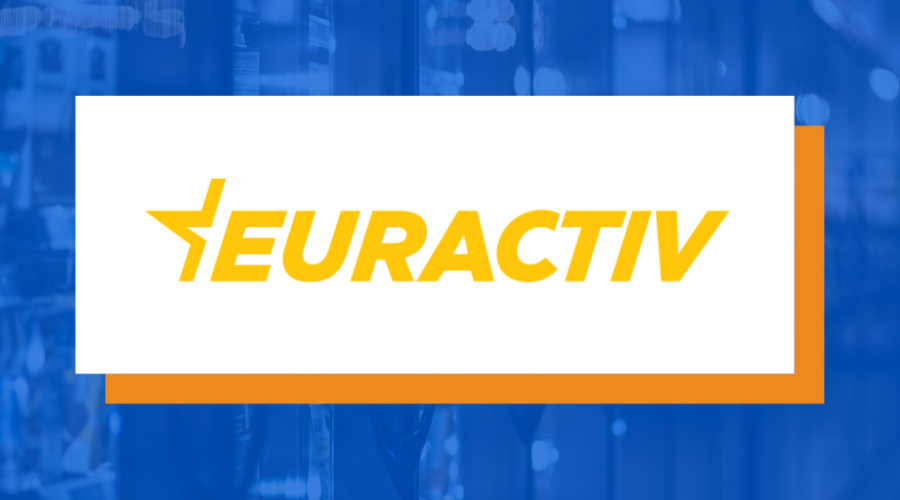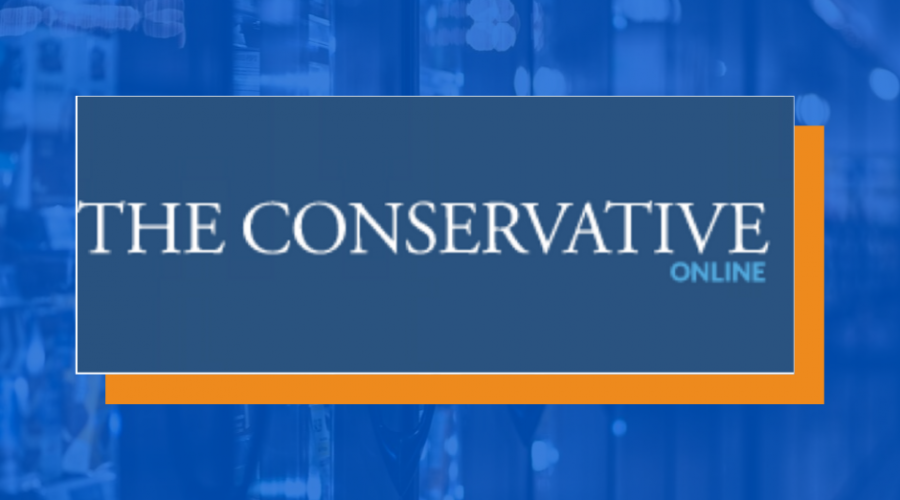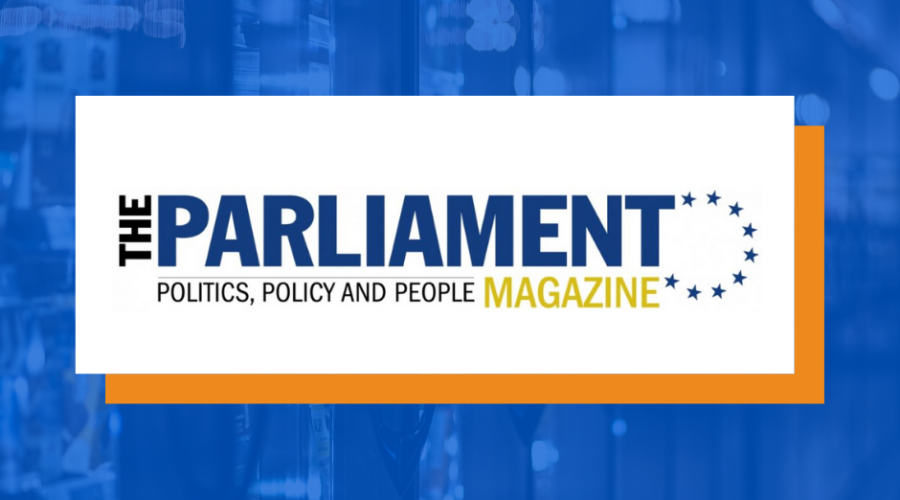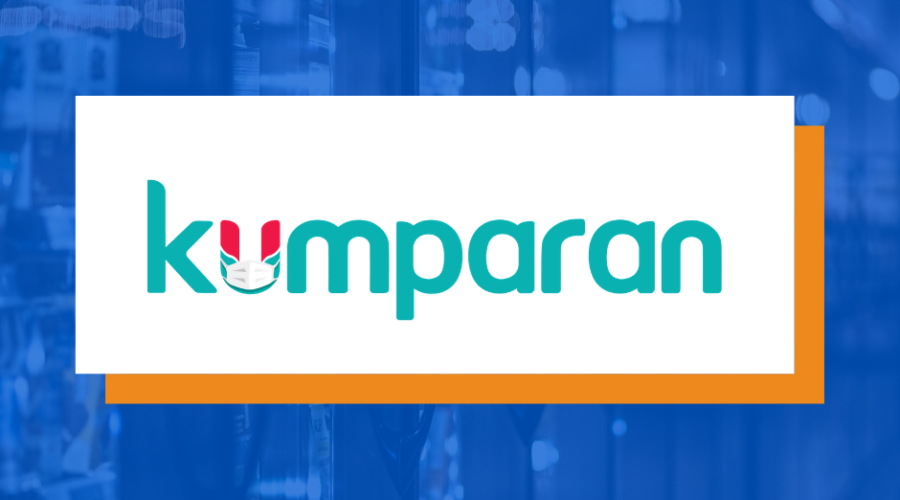The Farm to Fork is too much of a political utopia
The EU’s new blueprint for sustainable food systems risks hurting both consumers and farmers, writes Bill Wirtz.
By 2030, the European Union is aiming to achieve a wide range of goals, according to the European Commission’s “Farm to Fork” strategy. From a political point of view, the document is the confirmation of a trend: green ideas are gaining in importance in Brussels’ day-to-day politics and are achieving many of their goals with this roadmap.
In line with the Biodiversity Strategy, which was presented at the same time as the “Farm to Fork” Strategy, the Von der Leyen Commission seems to be greener than its predecessors. But is this also good for farmers and consumers?
At the heart of “Farm to Fork” is the halving of pesticides by 2030, including those that have been found safe by the European Food Safety Authority (EFSA). This should raise questions at first sight: if these products have been safe until now, why do they need to be reduced? If they have not been found to be safe so far, why have they not been banned earlier?
The target of halving is incomprehensible in this sense. If plant protection products are fundamentally harmful to human health, then the remaining 50% is just as malignant as those that will be phased out.
The truth is tricky. There is a discrepancy between scientific and political rhetoric. Most established crop protection products have long been classified as safe, both by independent studies and by several national and international institutions.
This has not prevented many from questioning them anyway, and rightly so. Scientific knowledge changes: those who have new evidence are obliged to present it in the interest of food safety. Science is not a static construct that is set in stone as a unique and absolute truth.
For opponents of these means, it is not a scientific debate, but rather an ideological question of principle. Interventions in nature are viewed with scepticism, regardless of how important they are for food security.
These activists should know that not everything natural has to be healthy: for example, naturally occurring moulds carry aflatoxins, which are responsible for a large proportion of the world’s liver cancer cases. In Africa, 40% of all liver cancer cases are attributed to aflatoxins.
These have been combated with fungicides for many years, but more and more of these products are now to be banned.
It is often enough to have a conversation with a farmer. At the moment, most people complain about a lack of rain, but in the long term, the shrinking catalogue of permitted pesticides is a real problem. Insects eat up stocks, regardless of what the European Commission says or regulates.
This leads to higher prices in the supermarket, which is disastrous for many low-income earners, especially in view of the current economic imbalance. This is not a primary problem for the Dutch Green Change Commissioner Frans Timmermans.
In a speech to the European Parliament’s Committee on Agriculture and Rural Development on 7 May, he said that we have been accustomed to cheap food for too long and that we need a paradigm shift in terms of sustainable agriculture.
If consumers bear the consequences of such experiments, and farmers are left with no alternative but to face the hurdles of natural problems, is it not time to rethink our agricultural policy?
Originally published here.












